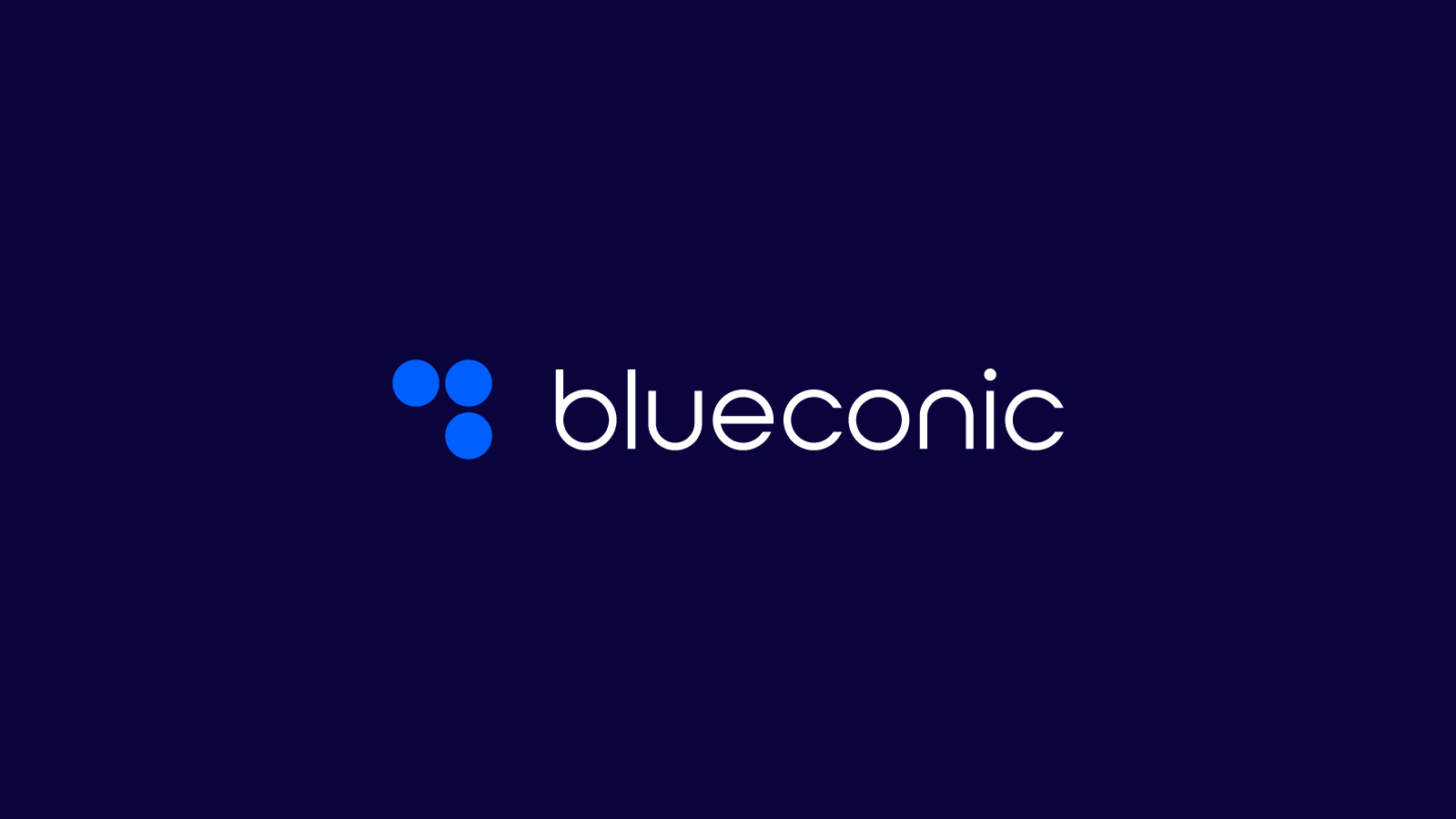We’ve covered how companies with a customer data platform (CDP) can get going with their initial set of use cases by defining the “minimum viable data” required to execute each one.
Once these businesses have imported, merged, and stitched their data together to create a single, persistent customer identity for each individual and mastered their initial CDP use cases, though, they can (and should) expand to more advanced CDP use cases.
That is, ones that help them achieve their business goals and generate the desired ROI from their core growth initiatives: from lifecycle orchestration to audience monetization.
We’ve already highlighted how retailers can leverage a customer data platform.
Now, we’ve listed some of the most popular CDP use cases publishing companies can implement with BlueConic today to unlock revenue and accelerate their business growth.
CDP use case #1: Distinguish subscribers from non-subscribers, then configure a dynamic content metering strategy to convert casual readers.
Publishers with subscription-based revenue models aim to turn casual readers into paying subscribers. But they can only do so by knowing which ‘category’ each individual falls into.
Companies like Sound Publishing and National Review use BlueConic’s content meter listeners — functionality that helps them collect data about site visitors based on their engagement with paywalled pages — to distinguish the two groups and serve the most applicable messaging to both.
Based on this data, which is stored in unified customer profiles, publishers can then serve metered paywalls to non-subscribers to give them limited access to premium content and entice them to sign up for a subscription with bespoke messaging.
All publishers need to do to set up this dynamic paywall in BlueConic is:
Connect with their customer analytics tool to measure paywall-based conversions
Determine the number of page views allowed to each non-subscriber over time
Customize on-site dialogues that denote how many page views each reader has left
Define the conversion ‘moment’ (i.e., when a non-subscriber becomes a subscriber)
As they gradually gather engagement data for non-subscribers, publishers with our CDP can optimize their metering strategy further by segmenting non-subscribers.
For instance, they can bucket them based on engagement levels (low, medium, high), then deliver messaging to each segment upon each site visit that aligns with the above rules.
This real-time messaging can be shared on-site (e.g., the aforementioned dialogues) and off-site (e.g., open-time email recommendations featuring ‘suggested reading’ for content a segment has expressed interest in and/or engaged with recently).
Publishers can progressively optimize their smart paywall in BlueConic and continually learn which types of personalized messaging and experiences leads to different tiers of subscription (and/or subscription upgrades) for each particular segment.
CDP use case #2: Target likely-to-churn subscribers with bespoke renewal messaging in the weeks, days, and hours before their subscriptions ends.
Subscriber acquisition is obviously critical to many publishers’ growth today. But subscriber retention merits equal attention to thrive in an increasingly competitive landscape.
Five in six news publishers polled by the American Press Institute said identifying at-risk subscribers and delivering renewal messaging to them was a strong focus for them today.
Yet fewer than 50% deem their retention marketing “proficient.”
Publishers that rely on BlueConic to connect with their customers can pinpoint subscribers who are most likely to churn using our out-of-the-box churn propensity model.
For instance, if they fail to sign into their accounts in a given time frame, custom emails can be sent to them prompting a sign-in. Similarly, a specific renewal discount offer could be delivered to them in the weeks, days, and hours leading up to their subscription lapsing to retain their business.
CDP use case #3: Package and sell interest-based segments to ad partners with overlapping audiences to monetize your first-party data.
These distinct audience segments aren’t just valuable for acquiring new subscribers and upselling and cross-selling existing ones. They can also act as valuable monetization assets.
The data-sharing approach provides another avenue for sustainable revenue growth for publishing companies — and at a time (i.e., amid the pandemic) when many need it most.
In addition to content meter listeners, publishers with BlueConic can also set up interest- and behavioral-based listeners to gauge the types of content their audiences interact with most on their websites and what those pages entail content-wise.
This interest and behavioral data provides publishers a comprehensive, historical view of their audience (i.e., a single customer view). But it also provides prospective partners, such as non-competitors whose audience overlaps, a valuable asset they could use in their own targeted marketing efforts.
An audience monetization program built with our pure-play CDP can be a win-win-win for data owners (casual readers and subscribers), advertisers, and publishers:
Readers and subscribers who consent to have their data collected, utilized, and shared can have highly personalized experiences offered to them by organizations of interest.
Advertisers get the ability to reach a new audience and accelerate growth.
Publishers can build a new, scalable revenue stream by creating multi-dimensional segments (and in minutes — not hours, days, or weeks) of interest to ad partners.
The key to success with such a monetization strategy? As BlueConic Director of Product Marketing Sam Ngo stated during our recent customer data platform use cases webinar:
“Make sure you’re not just selling this data, but also building closer partnerships with your advertising partners … [and] providing value for the end consumer.”
Subscriptions and ads will certainly still account for the bulk of revenue for publishers in the years to come. But selling highly refined audience segments at a premium to partners is certainly a growth opportunity too advantageous to ignore today.
Watch our on-demand CDP use cases webinar today to get even more insights and examples to inspire your publishing organization’s business transformation.






